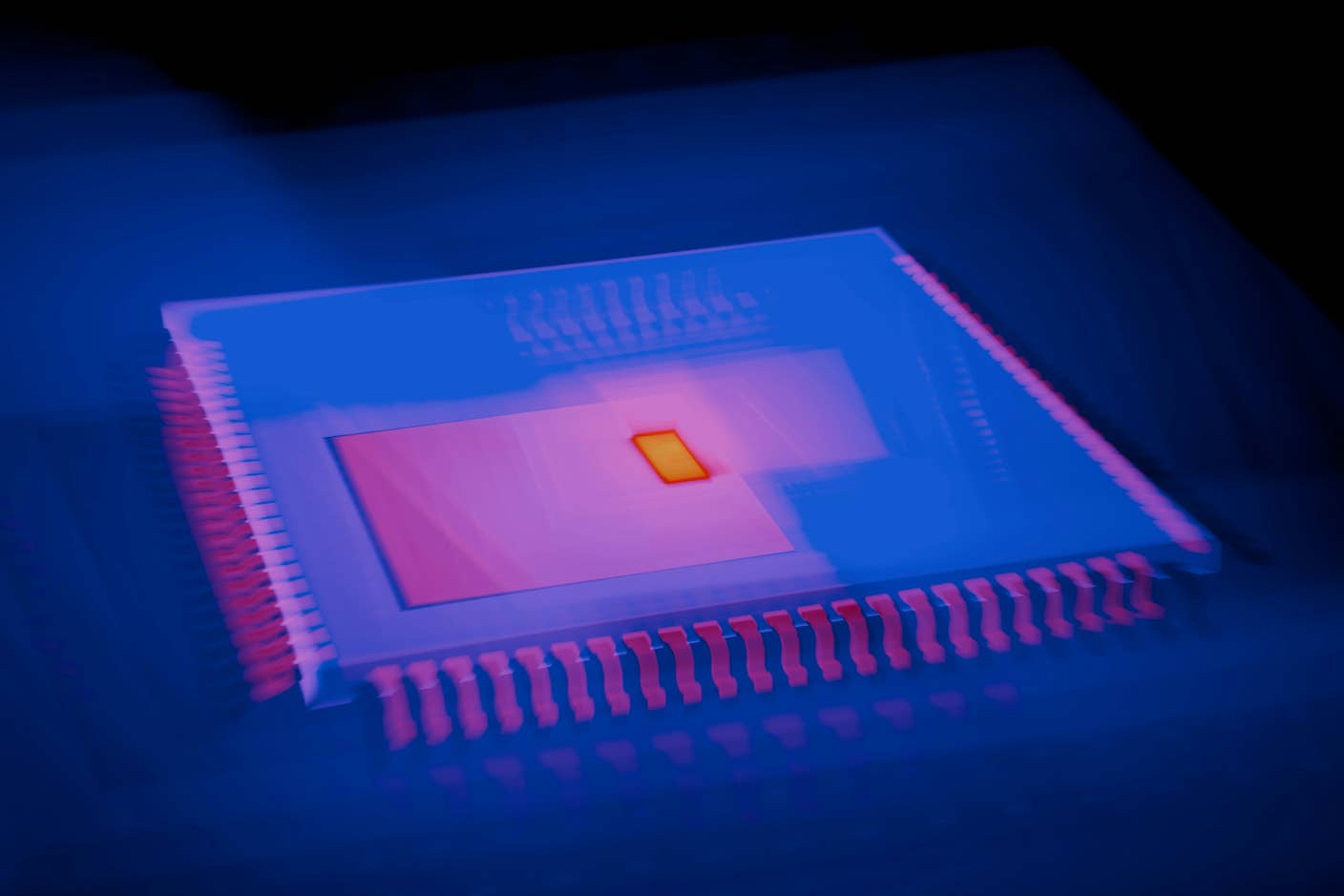Growing Mice From Stem Cells? The Real Story About The Stem Cell Breakthrough From Qi Zhou

Share
Traditional media outlets have been tripping over each other this week with sensational titles such as "Chinese Scientists Reprogram Cells to Create Mice" to describe the work of Chinese stem cell researchers. Indeed, the study by hot shot Chinese stem cell researcher Qi Zhou of the Chinese Academy of Sciences in Beijing is notable, but not for the reasons most headlines would make you believe.
First, lets set the record straight. Chinese scientists did not create an entire functioning mouse simply by reprogramming some mouse skin cells. What they did do was reprogram mouse skin cells back into their more versatile, pluripotent embryonic state and inject them into an already healthy early stage mouse embryo. The embryo, now partly its original self, and partly augmented with the foreign cells that were injected, was able to continue to grow normally into a fully mature, reproductively viable mouse. What is the point, and why do we care?
The first point of interest here is that the study joins a growing mountain of studies that show that mouse and even human skin cells can be reprogrammed into pretty much anything. In this particular study, skin cells from a mouse were essentially reprogrammed into embryonic stem cells. These reprogrammed skin cells were injected into an early stage embryo and then multiplied and mutated into all of the many different types of cells and tissues required to make a mature mouse. In the coming decades this type of research could unlock the ability to take your own skin cells and create any cell, tissue, or organ you need for your body without any fear of rejection by your immune system. Immortality anyone?
If you think for a moment about the mouse that was created in this study, you will quickly recognize what I believe is perhaps the most interesting and thought provoking aspect of the research of all: the mice that were created had some cells that had dna from the original embryo and some cells that had dna from the injected pluripotent cells. This is a highly unusual situation - a true perversion of nature. In normal individuals, mouse or human, every single cell throughout the individual's body has the same dna that is unique to that particular individual. The dna in your skin cells, liver cells, neural cells, and every other cell in your body is essentially identical, having all originally derived from a single fertilized egg. Not so with the mice created in the Chinese study. The mature mouse in this case had some cells with dna from the fertilized egg, and other cells with a completely different set of dna that derived from the cells injected into the embryo.
Be Part of the Future
Sign up to receive top stories about groundbreaking technologies and visionary thinkers from SingularityHub.


The resulting mature mouse, containing two completely different sets of dna residing in different cells randomly throughout its body is extremely interesting. It is surprising to some degree that the embryos were even able to mature in such a scenario, but mature they did. It poses new possibilities, new horrors, and new questions. What sort of perverse side effects could result from an organism with multiple sets of dna residing in its body. Will all of these different sets of dna play nice with each other, or will there be nasty side effects? On the flip side, could there be benefits? Imagine an organism with one dna profile in its liver cells, specialized specifically to create super awesome liver cells. Meanwhile, other organs could have their own dna profiles specially suited to their task. There is much to ponder here.
Also of note here is the origin of the study - China - instead of one of the usual developed world nations. It is exciting to see China and other countries rising economically and academically in recent years so that they may contribute to a future for man that knows no borders. We need all of the help we can get to solve man's greatest problems in health and beyond. For too long a very few nations representing a small percentage of the world's brainpower and potential have carried the mantle of research. Now the great minds of China and the rest of the world are joining that cause and this is great news.
So where do we go from here? The major thrust moving forward will be to continue the work of this study and thousands of others that are trying to figure out just how far we can take these induced pluripotent cells. The promise is that we can take anyone's skins cells and reprogram them to become new cells, tissues, and organs that can be used to heal and repair our bodies. We need to do this and we will. Lets just hope they figure it out within our lifetimes. Furthermore, a new paradigm of biology has been presented by this research - an organism with more than one set of dna coursing through its body. It will be interesting to see this paradigm develop over time.
Related Articles

This Light-Powered AI Chip Is 100x Faster Than a Top Nvidia GPU

This Week’s Awesome Tech Stories From Around the Web (Through December 20)

Data Centers in Space: Will 2027 Really Be the Year AI Goes to Orbit?
What we’re reading
